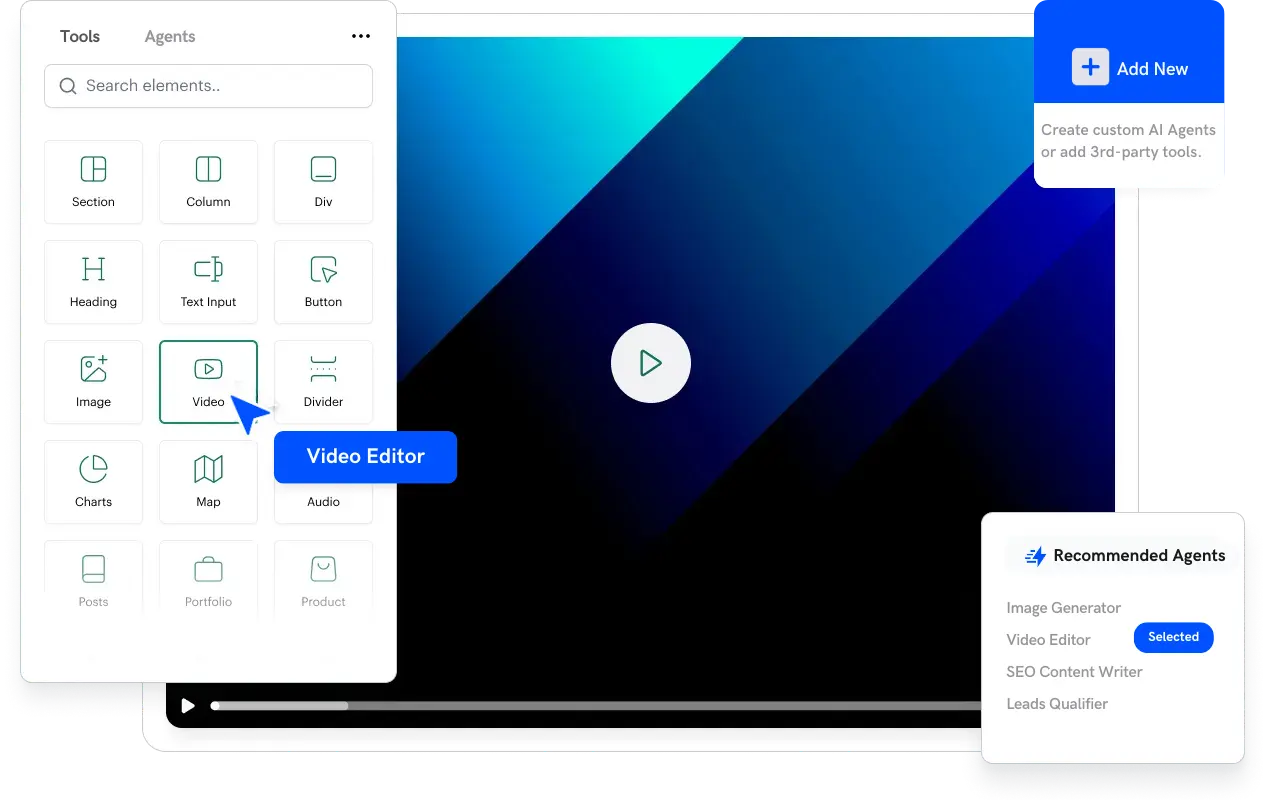Introduction
Generative AI is revolutionizing industries by automating creative processes and streamlining operations, leading to significant economic benefits. According to a report by PwC, AI could add up to $15.7 trillion to the global economy by 2030. This article examines the economic impact of generative AI on global productivity growth, exploring cost reductions, efficiency gains, and the broader implications for business growth and innovation.
Cost Reduction and Efficiency Gains
Generative AI reduces operational costs by automating tasks that traditionally require significant human effort. Key benefits include:
- Automated Content Creation:
AI generates marketing materials, reports, and product designs, reducing labor costs. - Streamlined Processes:
Automation speeds up workflows, leading to faster project completions and lower overhead. - Resource Optimization:
AI-powered analytics help organizations allocate resources more effectively.
Economic Contributions
A recent study by McKinsey & Company found that companies implementing generative AI experienced a 20–30% boost in productivity. These efficiency gains translate into increased profitability and competitive advantage. On a global scale, the economic impact includes:
- Increased GDP:
AI adoption drives overall economic growth by enhancing productivity across sectors. - Innovation Acceleration:
Generative AI fosters a culture of innovation, creating new markets and business opportunities. - Job Creation:
While some roles may be automated, AI also generates new jobs in tech, data science, and creative fields.
TurboMode AI Spotlight
TurboMode AI exemplifies how AI-powered platforms contribute to economic growth by automating task execution and enhancing workflow efficiency.
“We’re shifting the game from managing work to getting work done.”
Integrate TurboMode AI to experience firsthand how AI can boost productivity and drive economic benefits. Book a demo today.
Impact on Specific Industries
- Manufacturing:
AI-driven automation reduces production times and lowers error rates, contributing to significant cost savings. - Finance:
AI models streamline risk assessment and decision-making processes, resulting in faster and more accurate financial forecasts. - Healthcare:
Generative AI assists in drug discovery and patient data analysis, accelerating research and improving patient outcomes.
Research and Data Analysis
Data from the World Economic Forum indicates that the global AI market is growing at a compound annual growth rate (CAGR) of over 40%. This rapid expansion is expected to drive substantial improvements in productivity across various sectors. Case studies from leading tech companies reveal that the integration of generative AI can reduce time-to-market for new products by 30%, thereby increasing competitive advantage.
Challenges and Considerations
Despite the economic benefits, integrating generative AI comes with challenges:
- Investment Costs:
Initial investments in AI technology can be high, although these costs are often offset by long-term savings. - Workforce Transition:
The displacement of certain roles necessitates robust reskilling and upskilling programs. - Ethical and Regulatory Concerns:
Ensuring that AI is deployed responsibly and ethically is critical to sustainable growth.
Best Practices for Maximizing Economic Impact
- Invest in AI Infrastructure:
Build a strong data foundation to support generative AI initiatives. - Focus on Workforce Development:
Implement training programs to help employees adapt to new AI-driven processes. - Monitor ROI:
Use analytics to track the return on investment (ROI) from AI initiatives and adjust strategies accordingly. - Foster Innovation:
Encourage a culture of experimentation to continuously explore new applications for generative AI.
Future Outlook
The economic impact of generative AI is expected to grow as technology advances and adoption widens. Future trends may include:
- Greater Integration Across Industries:
As AI becomes more accessible, even small and medium-sized enterprises will harness its power. - Increased Collaboration Between Humans and AI:
Hybrid models of work will become the norm, combining human creativity with AI efficiency. - Evolving Regulatory Frameworks:
New policies and standards will emerge to ensure ethical AI deployment and equitable economic benefits.
Conclusion
Generative AI is a powerful driver of global productivity growth, reducing costs, increasing efficiency, and fostering innovation across industries. By investing in AI technologies and embracing platforms like TurboMode AI, organizations can unlock significant economic benefits while maintaining a competitive edge. The future of work will be defined by the successful integration of AI, leading to a more productive and innovative global economy. Embrace generative AI to drive economic growth and secure long-term success in an increasingly digital world.






